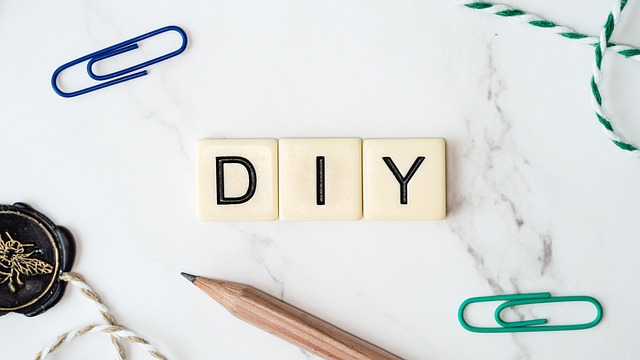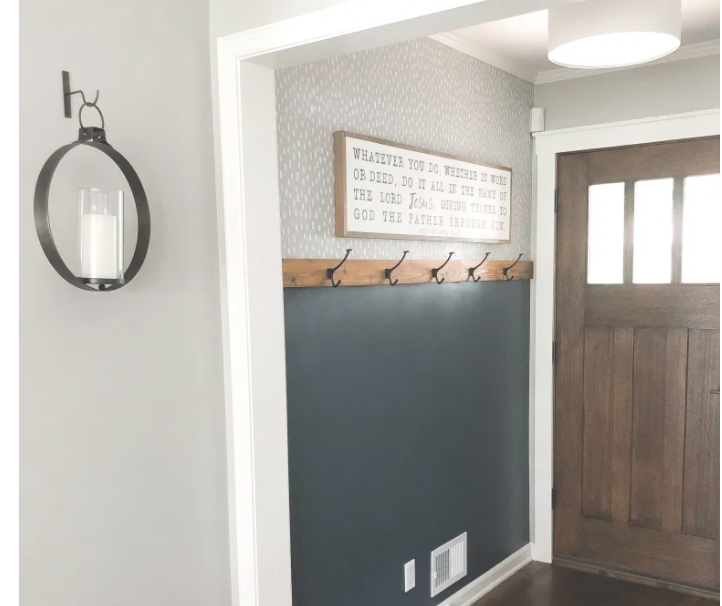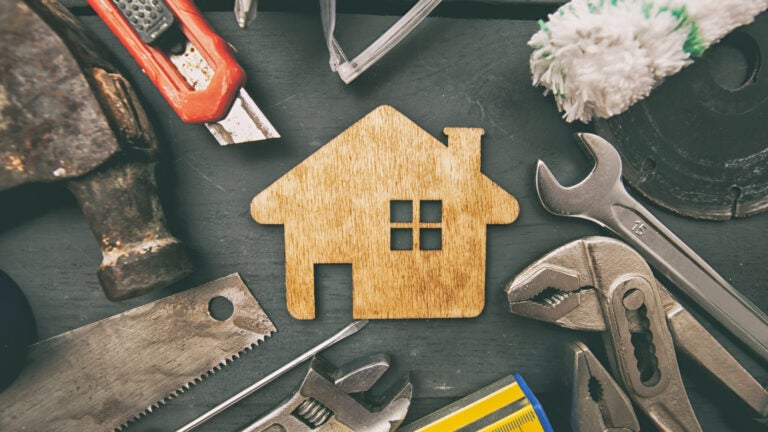
Welcome to our expert guide on mastering the art of installing hardwood floors. Whether you're a seasoned DIY enthusiast or a professional contractor, this article will provide you with the precise knowledge and detailed instructions you need to achieve flawless results.
From measuring your room and setting a budget to choosing the perfect wood type and purchasing materials, we've got you covered.
Get ready to transform your space with the timeless beauty and freedom that hardwood floors bring.
Measure Your Room
Before you begin installing hardwood floors, it is essential to accurately measure your room using a tape measure and a professional approach. Calculating materials and preparing the subfloor are crucial steps in ensuring a successful installation.
To calculate the amount of materials needed, measure the length and width of the room, taking into account any alcoves or closets. Multiply these dimensions to determine the total square footage. It is important to add an additional 10% to account for waste.
Next, evaluate the condition of the subfloor. It should be clean, level, and dry. Remove any existing flooring and repair any cracks or unevenness. A smooth and stable subfloor will provide a solid foundation for your hardwood floors.
Set a Budget
To ensure a successful installation of hardwood floors, it is imperative to establish a well-defined budget for the project, building upon the previous steps taken to measure the room accurately. Setting a budget will help you stay on track and avoid overspending.

Here are some key points to consider when setting your budget:
- Research costs: Take the time to research the average costs of hardwood flooring materials, installation fees, and any additional expenses such as underlayment or trim. This will give you a realistic idea of how much you should allocate for your project.
- Compare prices: Once you have an idea of the costs involved, compare prices from different suppliers and contractors. This will allow you to find the best deals and potentially save money.
- Consider quality: While it may be tempting to opt for cheaper options, remember that quality is essential. Investing in higher-quality materials and installation will ensure longevity and durability, ultimately saving you money in the long run.
- Plan for unforeseen expenses: It's important to leave some wiggle room in your budget for any unexpected costs that may arise during the installation process.
Choose Wood Type
After setting a budget for your hardwood floor installation project, the next step is to carefully consider the wood type that best suits your needs and preferences.
When choosing a wood species, it is important to consider factors such as durability, hardness, and grain pattern. Oak and maple are popular choices due to their durability and versatility. Oak is known for its strength and resistance to wear, making it an ideal choice for high-traffic areas. Maple, on the other hand, offers a smooth and consistent grain pattern, making it perfect for a modern and clean aesthetic.
Additionally, consider the color selection of the wood. Lighter woods like ash and beech can create an open and airy feel, while darker woods like walnut and mahogany add warmth and richness to a space.
Ultimately, the choice of wood type should align with your personal style and the overall design of the room.
Purchase Materials
When considering the installation of hardwood floors, it is essential to carefully select and purchase the necessary materials. To ensure a successful and cost-effective project, it is important to compare pricing and consider sustainable options.
Here are some key considerations when purchasing materials for hardwood floor installation:

- Compare pricing: Take the time to research and compare prices from different suppliers. This will help you find the best deals and ensure that you stay within your budget.
- Consider sustainable options: Look for materials that are environmentally friendly and responsibly sourced. Opting for sustainable hardwood or engineered wood can contribute to a greener and more sustainable home.
- Quality materials: Invest in high-quality materials that will result in a durable and long-lasting hardwood floor. This will save you money in the long run and reduce the need for frequent repairs or replacements.
- Necessary accessories: Don't forget to purchase the necessary accessories such as underlayment, adhesives, and finishing products. These items are crucial for a successful installation and a polished final result.
Remove Old Flooring
Before proceeding with the installation of hardwood floors, it is necessary to remove the existing flooring. This step is crucial to ensure a smooth and stable surface for the new hardwood flooring.
To start, carefully remove any baseboards or trim that may be in the way.
Next, depending on the type of flooring you have, you may need to use different techniques for removal. For example, if you have carpet, you will need to pull it up, remove the tack strips, and dispose of the old carpet properly. If you have vinyl or laminate flooring, you can use a utility knife or floor scraper to peel it away.
Once the old flooring is removed, it is important to prepare the subfloor by cleaning it thoroughly and making any necessary repairs. This will ensure that the new hardwood flooring can be installed properly and securely.
Frequently Asked Questions
How Do I Prepare the Subfloor Before Installing Hardwood Floors?
Before installing hardwood floors, it is crucial to prepare the subfloor. This involves conducting moisture testing to ensure the area is dry and level. Additionally, choosing the right hardwood flooring involves considering the species and finish options available.
To successfully install hardwood floors, you will need a range of tools and equipment, including a miter saw, nail gun, moisture meter, and installation kit. Additionally, understanding proper installation techniques is crucial for achieving a high-quality result.
Can I Install Hardwood Floors Over Existing Tile or Carpet?
Yes, it is possible to install hardwood floors over existing tile or carpet. However, it is important to consider the pros and cons of this method, such as the condition of the current flooring and the potential impact on the height of the floor.

How Long Does It Typically Take to Install Hardwood Floors in a Room?
The average installation time for hardwood floors in a room can vary depending on factors such as room size, complexity, and experience of the installer. However, there are tips and techniques that can help facilitate a faster installation process.
Do I Need to Acclimate the Hardwood Flooring Before Installation?
Acclimating hardwood flooring is a crucial step before installation to ensure its stability and performance. This process allows the wood to adjust to the room's temperature and humidity, preventing issues like warping or buckling.
 Family Craft ProjectsHome ImprovementCooking and BakingReuse and RecycleDIY GiftsEco-Friendly ProjectsDIY Home SolutionsSeasonal ActivitiesFun and GamesLearn TogetherPrivacy PolicyTerms And Conditions
Family Craft ProjectsHome ImprovementCooking and BakingReuse and RecycleDIY GiftsEco-Friendly ProjectsDIY Home SolutionsSeasonal ActivitiesFun and GamesLearn TogetherPrivacy PolicyTerms And Conditions
